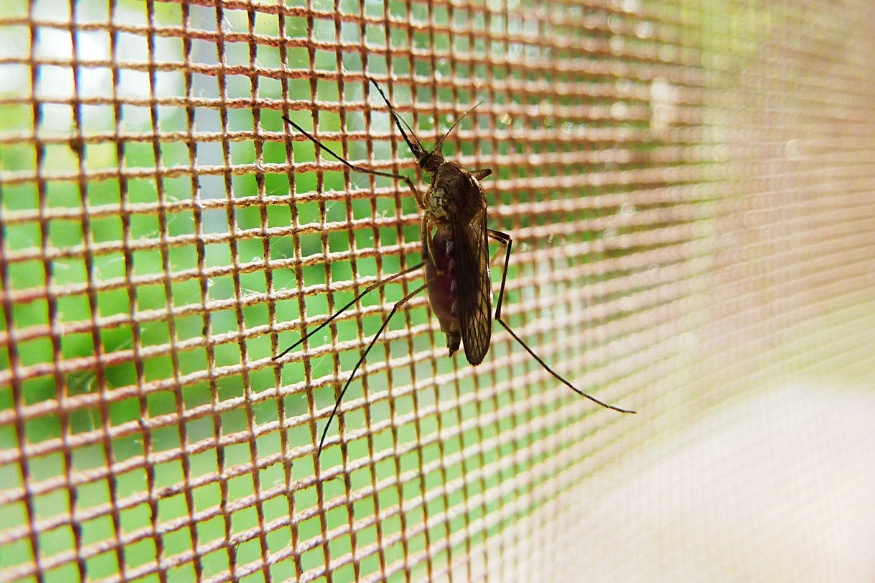Malaria – a Fungus – and You
Some years ago, I was talking to someone about a malaria outbreak in a region of Africa and the person stated that at least we don’t have malaria here in the United States. I asked if they, or anyone they knew, ever traveled to Africa, South America, southern Asia or the Pacific and they said yes, and I said that they have been exposed to malaria.
How do I know? My dad spent 6-years in the US Navy, entering before World War II and being honorably discharged after the war ended. He spent the bulk of his time in the Pacific Theater, visiting a number of islands. About every 7-10 years, dad would be suddenly struck down with a high fever and chilling that shook his entire body for hours. I learned that he had contracted malaria while serving in the Navy and it flared up periodically.
Many Americans believe that malaria is something that happens in other countries, but the CDC reports that there are about 1,700 cases of malaria diagnosed ever year here in the US. Worldwide, about 219 million people are infected with malaria, with about 445,000 dying every year from the disease.
Malaria is caused by a group of tiny parasites – Plasmodium. Most cases involve either Plasmodium malariae or Plasmodium falciparum. The parasites are transmitted by the Anopheles mosquito. When an infected mosquito bites someone, they pass the parasite into the host’s blood system, where it attacks red blood cells.
Once infected, the incubation period is about 7-30 days, giving many travelers from the US time to get back home before symptoms present themselves. In some cases, the onset of symptoms can be several months, depending upon a person’s health and any medications they take for other health conditions.
There are drugs that help cure malaria, but in many parts of the world, those drugs are not available.
In some areas of Africa, insecticides have been used in areas with large mosquito populations, but the problem with this is that the insecticide impacts so many other insects and creatures in the area.
So, what other method of controlling the number of Anopheles mosquitoes is there?
A group of researchers here in the United States, may have found the answer. They discovered that most Anopheles mosquitoes are also infected with a fungus. The researchers have discovered a way to genetically modify the fungus in such a way as to produce a spider venom which is fatal to the mosquitoes.
They recently tested their genetically modified fungus in real-life situation in Burkina Faso. They erected a small village, covered it with a double layer of mosquito netting and then released 1,500 Anopheles mosquitoes inside. The modified fungus was mixed with sesame oil and then spread on the white cotton sheets inside the huts. After 45 days (2 generations of mosquitoes), there were only 13 mosquitoes left. That’s a reduction of 99.13%.
This discovery could save millions of lives and make it much safer for Americans to travel to areas known to have Anopheles mosquitoes and malaria. So, using this in those areas, could help reduce the number of malaria cases here in the US as well.









Recent Comments